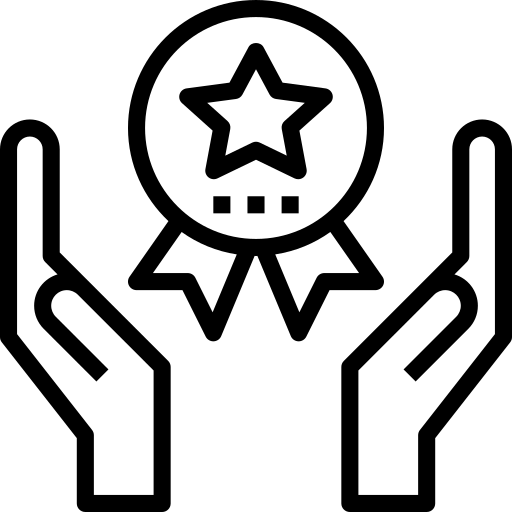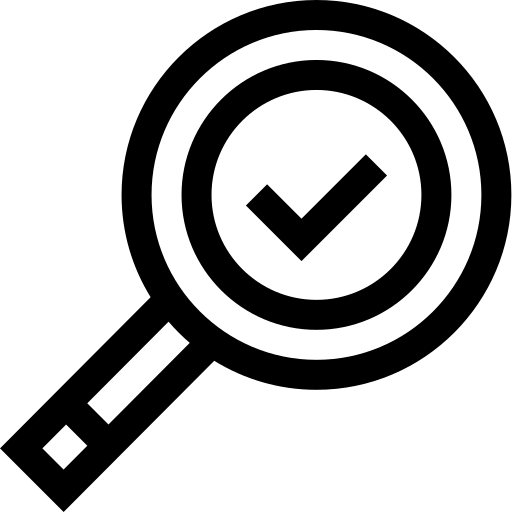
Requirements of the cargo to be loaded
The cleanliness requirement of the next cargo determines the intensity of the cleaning operation. The cleanliness requirements differ obviously depending on the cargo. First, the trade pattern of the vessel must be considered.
The following trade patterns are distinguished here:
- Chemical trade
- CPP/DPP trade
- Crude Oil trade
Chemical Trade
In the Chemical Trade the next cargo could be significantly different from the previous cargo, so that a minimum of tank washing is always executed. In addition, the quality requirements are usually much higher compared with the other trades. The cleaning standards are:
Visually Clean
Clean, dry and visually free of residues of previous cargo and/or foreign matter, no uncharacteristic odour. No wall wash required.
Water White
Dry, odour-free, free
of visual residues of previous cargoes and/or foreign matter.
Colour test: Wall-wash with suitable solvent shows:
Colour PtCo (ASTM D 1209) 15 or less. (No visible discoloration compared to a
blank sample)
High Purity
Dry, odour-free, free
of visual residues
Wall-wash with methanol conforms to:
Water miscibility test (ASTM D 1722) passes
Colour PtCo (ASTM D 1209) or APHA 10 or less
Chlorides less than 2 ppm
Permanganate time test above 50 min (PTT-Test)
UV spectrum passes
Ultra High Purity
Dry, odour-free, free of visual residues
Wall-Wash with methanol conforms to:
Water miscibility test (ASTM D 1722) passes (Hydrocarbon Test)
Colour PtCo (ASTM D 1209) or APHA 10 or less
Chlorides less than 2 ppm
Permanganate time test above 50 min (PTT Test)
UV spectrum passes
Non-volatile matter less than 10 ppm (NVM)
Last cargo by Gas Chromatography or other suitable method less than 2 ppm (GC)
How to achieve Ultra High cleanliness standard
Clean and Dirty Petroleum Products CPP/DPP Trade
In the CPP/DPP trade the cleaning requirements are usually much less. Many cargo sequences require just draining of the tank and the following cargo can be loaded without concerns due to the similarity of many cargoes.
Some cargo sequences require a cold machine wash and others a hot machine wash.
Certain sequences are not allowed due to the risk of an adverse effect of the previous cargo on the cargo to be loaded. For example cargoes with ultra-low impurity level may not be loaded after a cargo containing substantial amounts of this impurity.
Vegetable Oils and CPP Trade
On certain trade routes vegetable oils such as Soyabean Oil or Palm Oil are loaded after Petroleum Cargoes and vice versa. Due to very different molecules these are special cases requiring special cleaning recipes, which are usually not applied in the CPP Trade.
